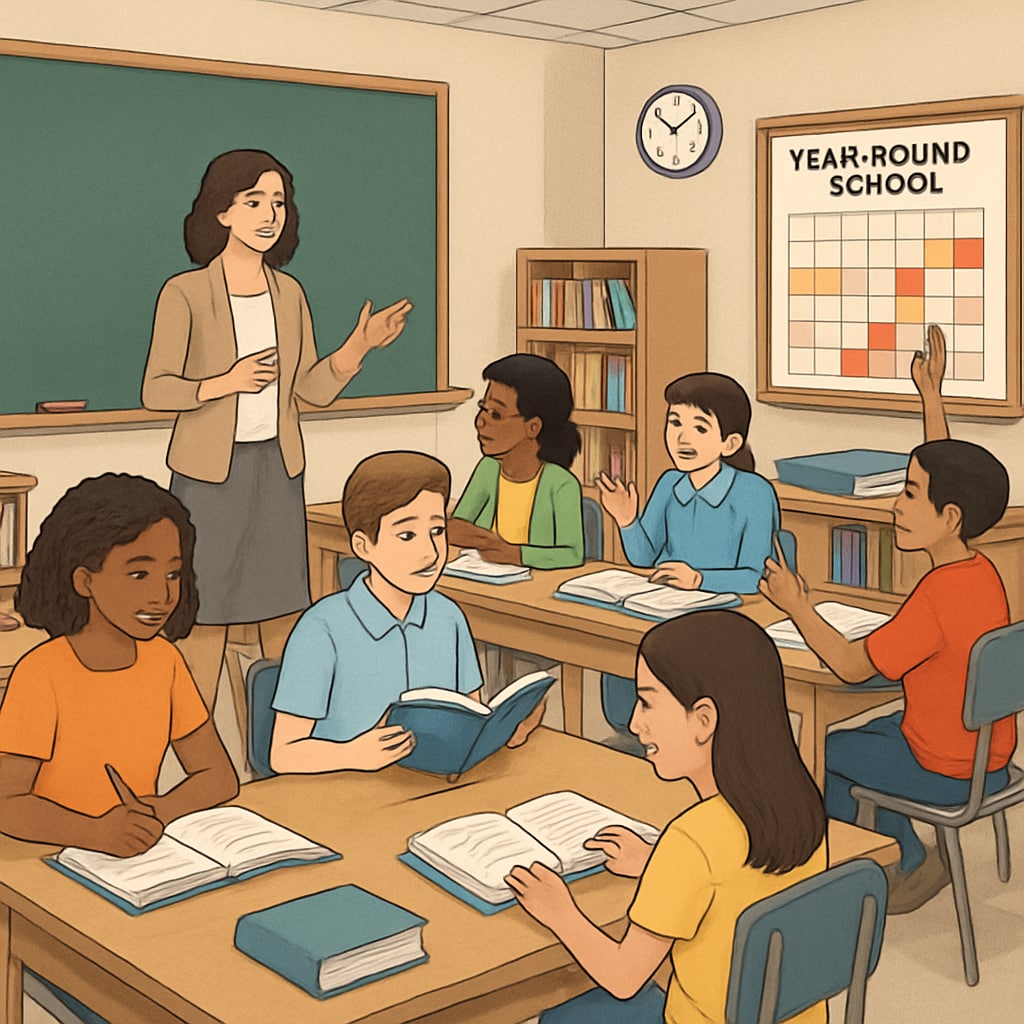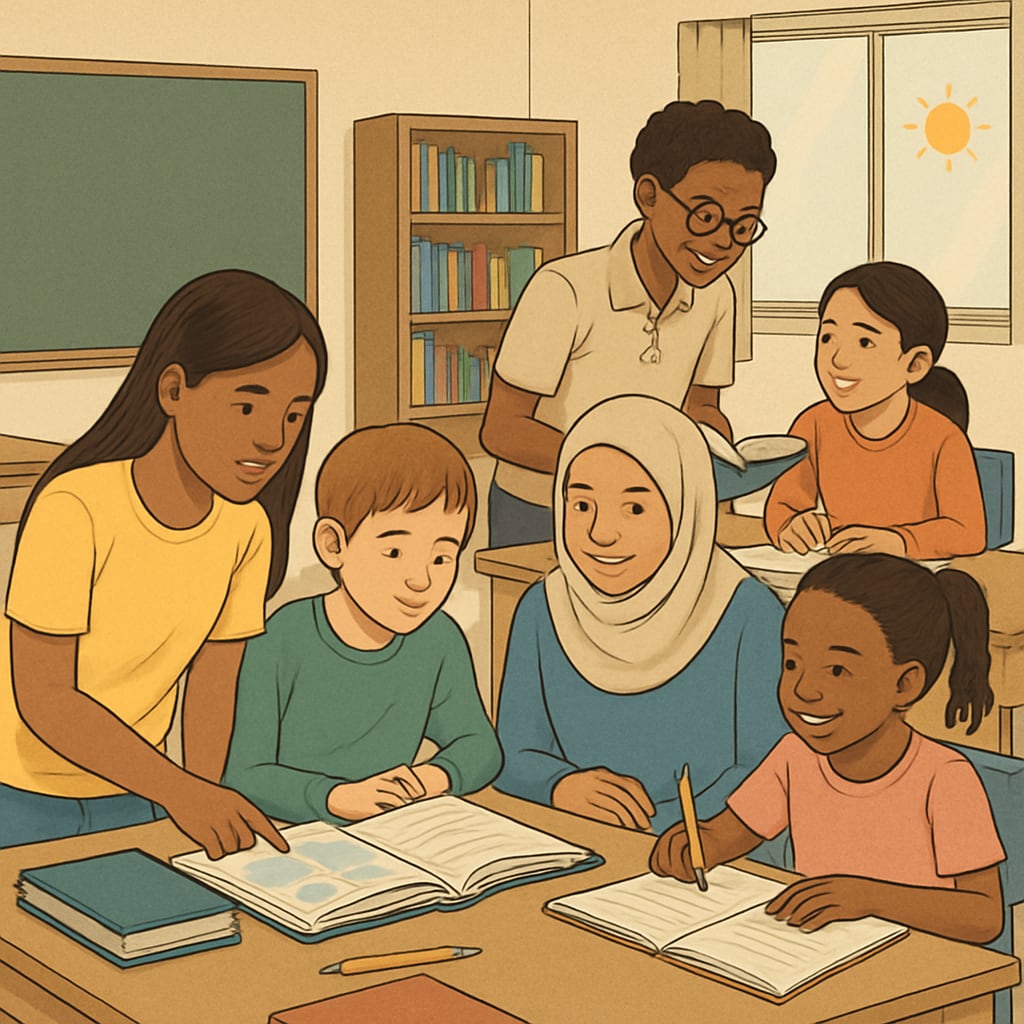Year-round schooling, an educational model designed to replace traditional summer vacations, offers a compelling solution to the well-documented problem of summer learning loss. By alternating shorter breaks throughout the year with consistent academic periods, this approach helps students retain knowledge more effectively. This article explores the cognitive, social, and equity advantages of year-round schooling, showcasing its potential to transform education systems and address the challenges of prolonged breaks.
The Cognitive Benefits of Learning Continuity
One of the most significant advantages of year-round schooling is its ability to mitigate the “summer slide”—a phenomenon where students forget a portion of the material learned during the school year. Research indicates that students, especially those from underprivileged backgrounds, can lose up to two months of math and reading skills over the summer break (Summer Learning Loss on Wikipedia).
By redistributing breaks throughout the year, students encounter shorter interruptions, which allows for consistent cognitive engagement. This model aligns with the “spacing effect,” a psychological principle suggesting that learning is more effective when spread out over time rather than concentrated in a single block. As a result, students in year-round schools are better equipped to retain information and build upon prior knowledge.

Social and Emotional Well-Being of Students
In addition to its educational advantages, year-round schooling supports students’ social and emotional development. Traditional summer breaks can create a sense of disconnection from the school environment, which may lead to difficulties when students return to their routines. Shorter, more frequent breaks help students maintain a stronger connection with their peers and teachers, fostering a continuous sense of community and support.
Moreover, this model can reduce the stress associated with lengthy academic terms. Alternating between shorter study periods and regular breaks allows students to recharge without the overwhelming pressure of a long school year. As a result, students are more likely to experience balanced mental health and improved motivation for learning.
Promoting Equity Through Year-Round Schooling
Year-round schooling also addresses educational inequities stemming from differences in family resources. During traditional summer breaks, students from affluent families often have access to enrichment programs, camps, and travel opportunities that keep their minds engaged. In contrast, students from low-income backgrounds may lack these opportunities, exacerbating the achievement gap (Education Equity on Britannica).
By adopting a year-round schedule, schools can provide equitable access to learning opportunities and reduce dependence on external resources. This model ensures that all students receive consistent academic instruction, regardless of their socioeconomic background, creating a more level playing field for success.

Challenges and Considerations for Implementation
While the benefits of year-round schooling are evident, implementing this model requires careful planning. Schools may face logistical challenges, such as adjusting teacher contracts, coordinating family schedules, and managing facility maintenance during shorter breaks. Additionally, community buy-in is essential to ensure the success of this transition.
However, many of these hurdles can be addressed through proactive communication and collaboration among stakeholders. For example, schools can offer flexible schedules for teachers and provide resources to help families adapt to the new calendar. As more schools adopt this innovative approach, the long-term benefits for students and communities will likely outweigh the initial challenges.
In conclusion, year-round schooling offers a practical and forward-thinking solution to the persistent issue of summer learning loss. By promoting knowledge retention, supporting social-emotional well-being, and fostering educational equity, this model has the potential to reshape traditional education systems. As we continue to explore innovative approaches to learning, year-round schooling stands out as a promising pathway toward academic success.
Readability guidance: Short paragraphs and clear headings improve comprehension. Lists and examples enhance clarity. Passive voice and long sentences are minimized for better readability.


